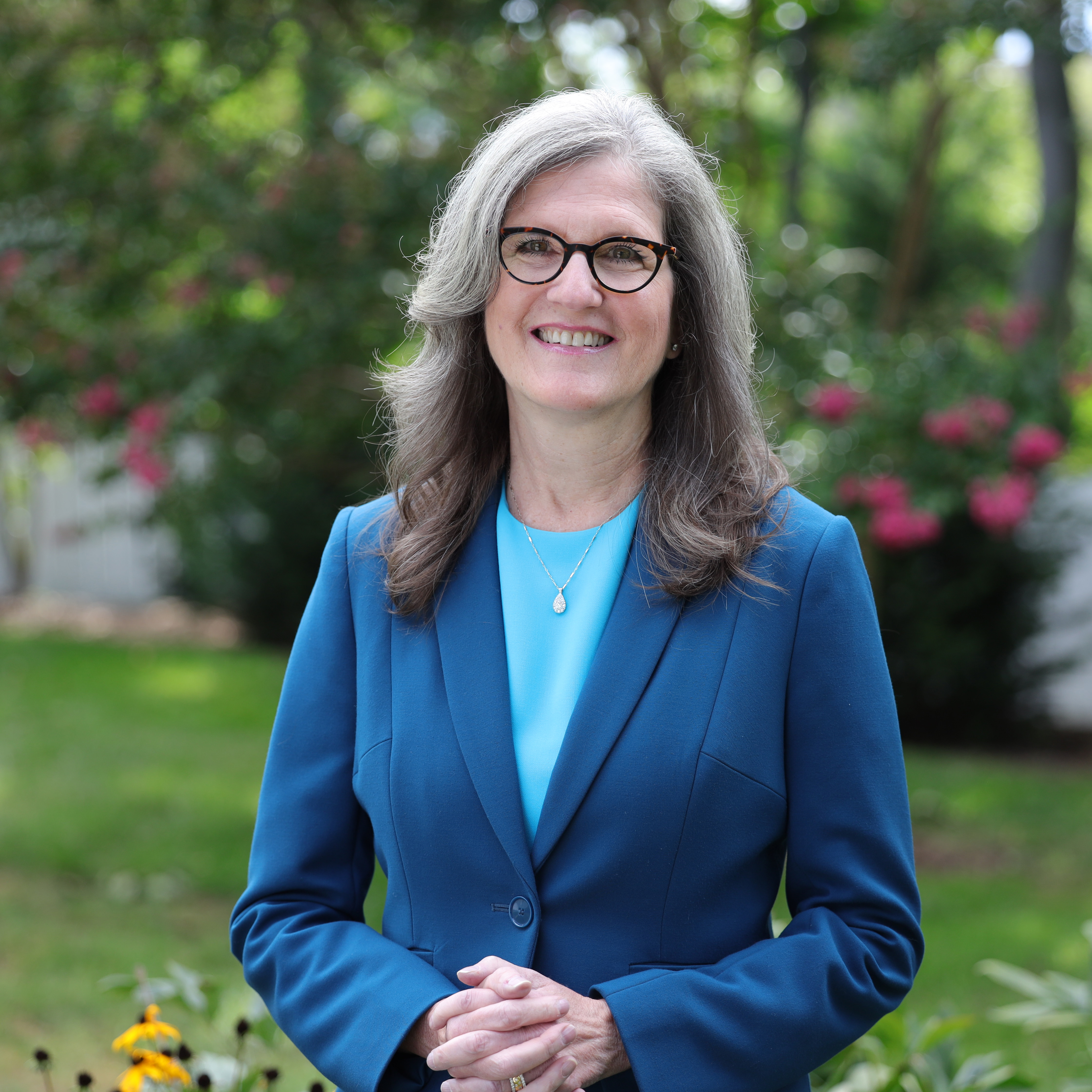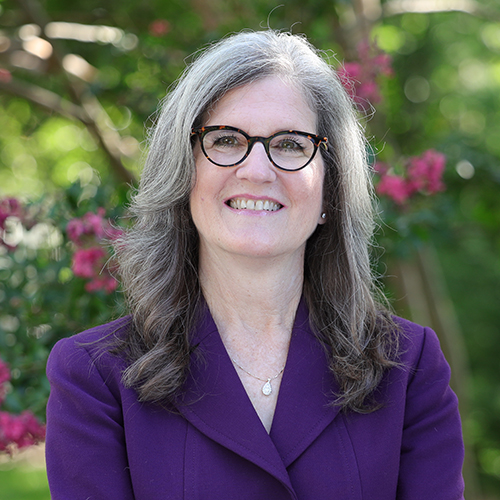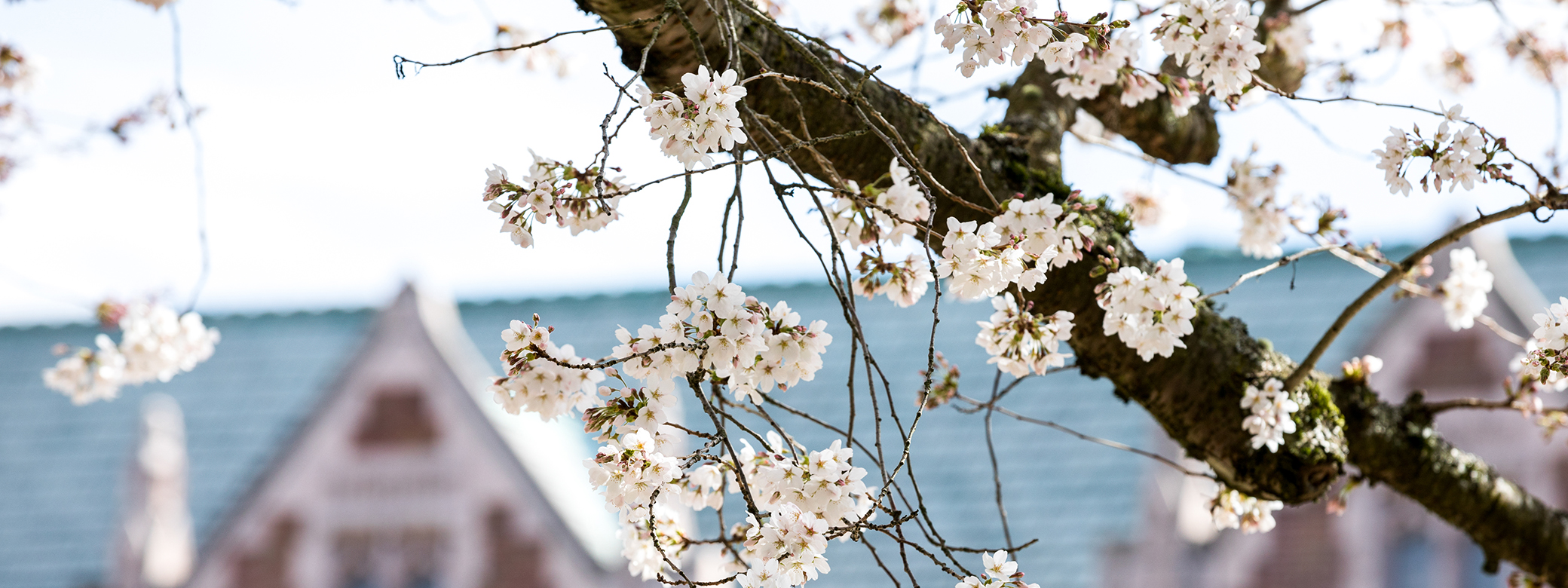Those of us who have spent careers in higher education share a distinctive experience: We age while our students stay (for the most part) the same age. We watch our institutions evolve; our students experience those same institutions for a finite and brief time.

Over the course of my own academic career, I’ve seen considerable and exciting change in the ways academics conduct their work. I’ve observed and participated in the evolution of pedagogical theories and models that increasingly prioritize student engagement in the classroom and that are based on cutting-edge research in teaching excellence. I’ve watched exciting transformations in the ways faculty conduct their research/creative production.
Despite the prevailing narratives about change-resistance, the practices we use in higher education do change. They do so in response to new technologies and shifting priorities, including an increased focus on student success and new and often increasingly collaborative modes of research and creative productivity.
Leaders in higher education must identify the changes that are most needed in order to ensure that our students are as prepared as possible for the world they will encounter upon graduation. At the University of Washington, I am leading the College of Arts & Sciences with an eye that is sharply focused on the future. With the strength of our outstanding faculty across all four divisions, we are uniquely positioned to design an exemplary liberal arts education for the second half of the 21st century and beyond. Indeed, we have already been doing so.
With the strength of our outstanding faculty across all four divisions, we are uniquely positioned to design an exemplary liberal arts education for the second half of the 21st century and beyond. Indeed, we have already been doing so.
We are doing so in our Center for 21st Century Liberal Learning (C21), which is growing and innovating in new and exciting ways, particularly in the college-to-career space, under the guidance of Associate Dean for Undergraduate Education Kevin Mihata. We have been doing so in our Rethinking the Academy initiative, in which our Faculty Futurists — a group of faculty tasked with thinking outside the box — have begun to imagine and design some aspects of what a liberal arts education might look like in 50 years. We are doing so with the launch this August of our College Edge program (formerly Early Fall Start), in which our faculty are leaning into the creation of place-based courses for first-year students, using our distinctive Pacific Northwest location as a laboratory for instruction. And our faculty have been doing so in their classrooms, where you will find some of the finest instruction on the UW campus.
I’m proud of this work and I’m proud of our faculty. More importantly, our students and communities benefit from this work. I’ll be sharing more about this important work in the months ahead and welcome your interest.
More Stories

From the Dean
Dianne Harris reflects on her first six months as dean, and the “dedication to excellence and deep veins of creativity” she has found throughout the College of Arts & Sciences.

New Dean, New Perspectives
A conversation with Dianne Harris, new dean of the UW College of Arts & Sciences.
